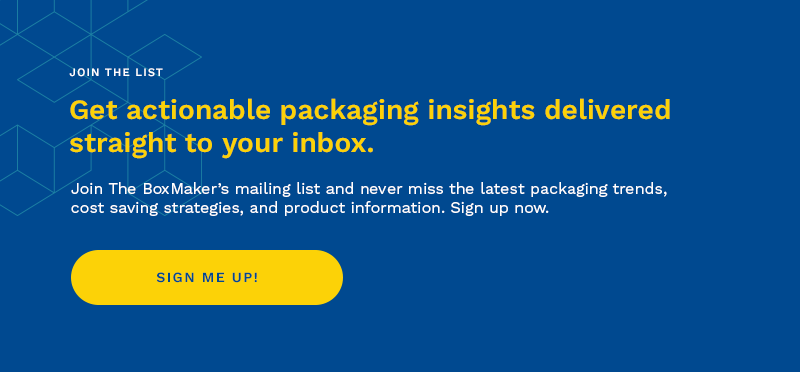Managing Product Life Cycles with Digitally Printed Packaging
What is the Product Life Cycle?
Every product introduced to market experiences a product life cycle that involves four progressive stages: introduction, growth, maturity, and decline. The speed at which a product moves through these stages depends on many factors. Depending on a product’s current stage, the sales volume will fluctuate based on demand and market saturation.
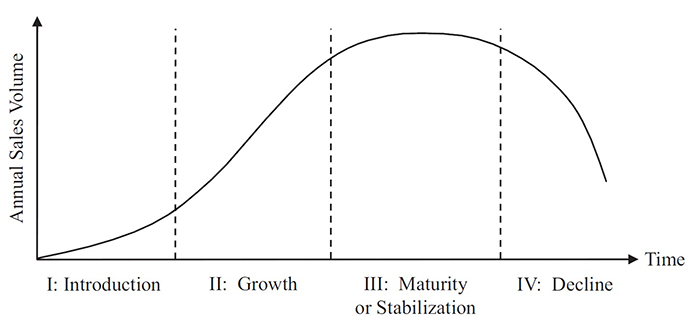
Where Does Packaging Fit In?
The volume of packaging that a company has available to them must support the sales volume fluctuations of the product over time. However, this is not a case of “the more the merrier.” Surplus packaging inventory ties up your cash flow and costs money to warehouse while it goes unused. It may even become obsolete before it has the chance to be put to use.
Additionally, using the same product packaging month after month during the product life cycle creates missed marketing opportunities that leave money on the table by failing to maximize sales. During the course of a year, many events take place that brands have the opportunity to participate in through packaging – major holidays, sporting events, charity drives, pop culture moments, and more. All of these cultural touchstones provide brands the chance to be a part of the conversation rather than sitting on the sidelines. Packaging should assist in this endeavor.
The Challenge with Analog Packaging Solutions
Analog print methods such as flexo and litho-lamination struggle to offer brands the flexible and agile solutions they need to meet these varying packaging demands with great effectiveness. These manufacturing processes are intended for mass production and require high volume minimum orders of identical boxes, labels, or retail displays to be cost-effective. This can create two issues:
- A brand is forced to purchase at a higher packaging volume than they need, resulting in unused inventory and cash flow restriction.
- A brand is forced to purchase identical units for a large portion of the total packaging need due to budget or volume dictations, missing out on opportunities to market based on specific holidays, events, and cultural touchstones.
The Digital Print Solution
Digital print technology allows brands to manage product life cycles and their packaging needs more effectively. What’s so different about digital? It doesn’t require plates to print the desired image, which delivers a host of benefits. By being able to print what they want, when they want, and how they want, brands can control run volume, frequency, and graphic iterations with ease, aligning their supply chain to their marketing efforts and sales results.
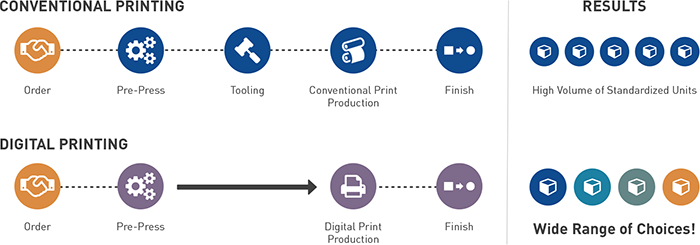
What Does This Look Like in a Practical Application?
The Fictional Fruit Co. is launching 4 new jam flavors this year. For the initial launch, the company orders labels for each of their jam products in identical quantities. Based on historical data, the company projects that this supply will provide them with enough labeled product for the first 8-12 weeks of sales.

After the first month, they notice that two of the jams are flying off the shelf – selling at twice the rate of the other flavors. When Fictional Fruit Co. places their next label order, they can adjust their quantities per SKU to account for this trend in sales. They can also place their order sooner to account for the depleting inventory of the two leading jams – no waiting on long lead times.
In October, the company plans to run a promotion donating a portion of sales to support breast cancer awareness. In order to make their promotion stand out and connect with consumers in a meaningful way, the Fictional Fruit Co. decides to publish a unique survivor story on every jam label that will be on shelves during the month. Digital print easily accommodates their need for variable graphics, and as a result, hundreds of stories add a personal touch to every jar in this campaign, drawing consumers in to learn more.
As sales progress and the Fictional Fruit Co. expands into new markets, the company can continue to leverage their sales data and the power of digital to respond to the market with increasing effectiveness, accuracy, and control over their packaging purchases.
Optimize Your Product Life Cycle with Digitally Printed Packaging
By leveraging digital’s ability to perform short and long runs, print in exact quantities, and manage variable graphics with ease, brands can more accurately order what they need, when they need it – optimizing their supply chain, minimizing packaging waste, and controlling cost. Additionally, the swift pace of digital helps meet speed to market needs like never before.
Contact our Packaging Advisors to learn how you can leverage digitally printed packaging for your next project.
Subscribe
Share this post
Similar Articles
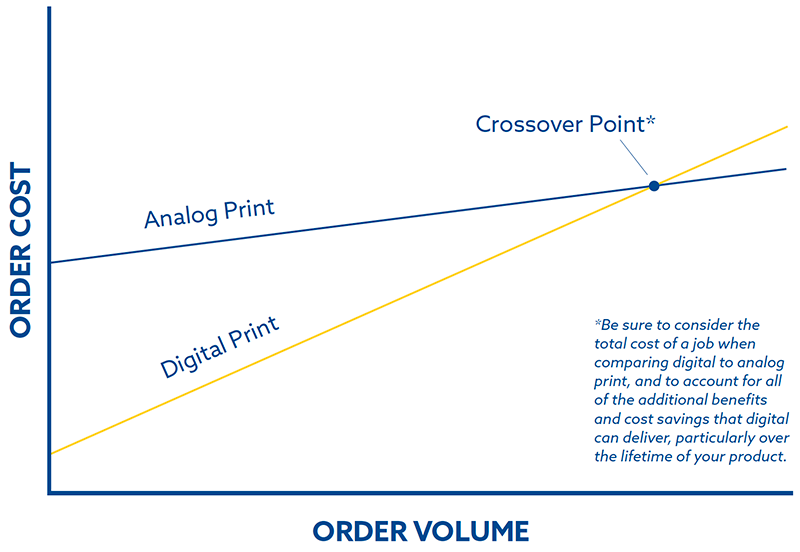
Understanding the Conventional vs. Digital Print Crossover Point
The crossover point at which conventional print is more cost-effective than digital print is changin …
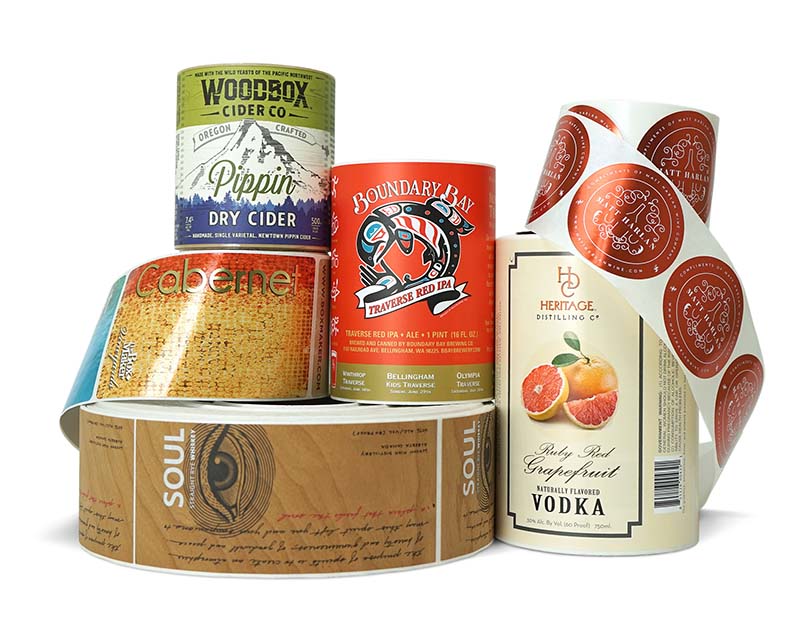
Flexo vs. Digital Print for Labels: Which Should You Choose?
Discover the advantages and drawbacks of flexo and digital printing for product labels.

Holiday 2023: Consumer Trends and Packaging Opportunities
Learn about the 2023 holiday shopping trends and 3 promising packaging opportunities for consumer br …
